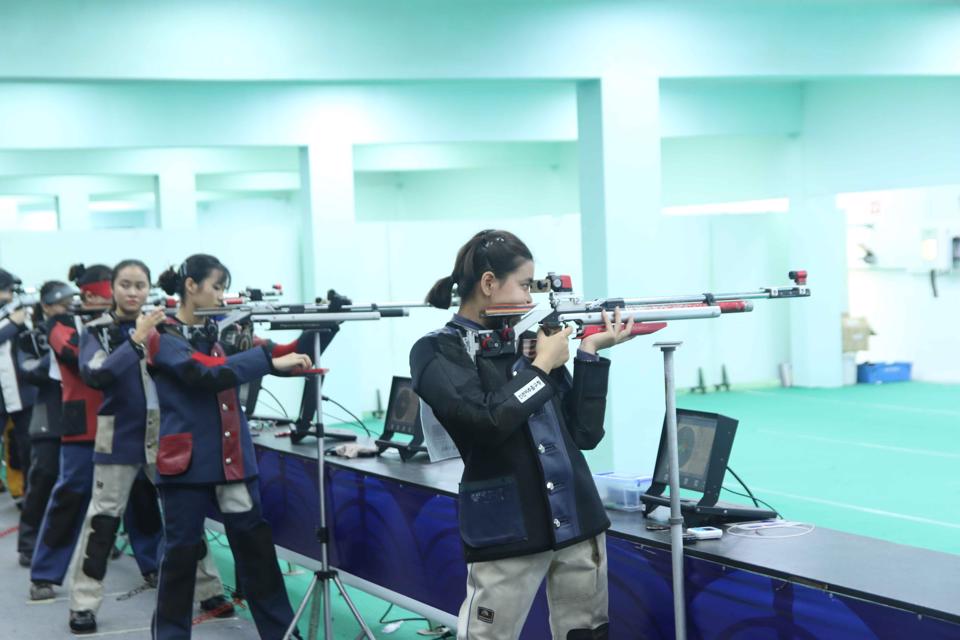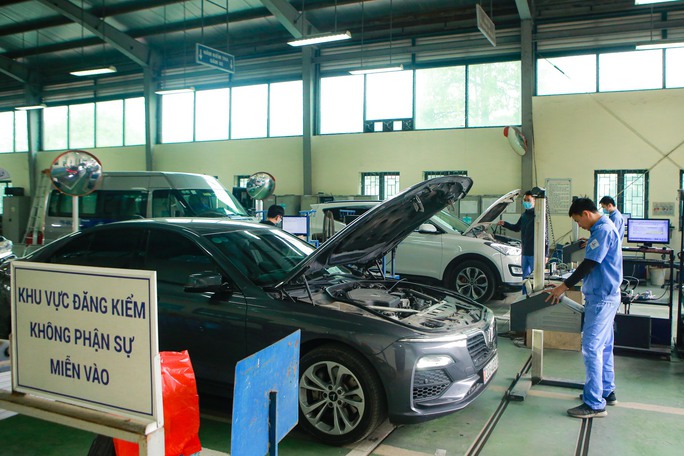Circular No 16/2021/TT-BXD rules on technical regulations on use of tower and hoist in construction.
Regulation on operation and use of lifts
According to subsection 2.4, section 2 of the national technical regulation on safety in construction promulgated together with the Circular No. 16/2021/TT-BXD dated December 16, 2021 providing for operation and use of lift as follows:
- The lift must comply with QCVN 16:2013/BLDTBXH and the following regulations.
- A barrier must be arranged on the ground surface (on all sides) and the access roads from the construction.
- The height of the barrier (except for the entrance) must be sufficient for preventing people who fall or fall (approximately 2.0 m) provided that it is not lower than 1.1 m.
- Adhesive door must meet the following requirements:
+Net or hole plates must be available for trans-vision;
+ The height is at least 2.0 m, except where the space cannot be used;
+ When the ship is closed, it is required to prevent the approach to the lifting table of the hoist and any movement of the lift.
- The guide for lifting table of washer must be capable of bending and not be broken when buffer is secured.
- For the lifts that are installed and the operation scope is lower than the height of the works and the distance from the above ground is still going on the ground, the investor must block the BAT at the top of the wellhead in order to prevent the objects from falling down.
- The foundation or structure of lifting tower must be designed and constructed well and firmly The tower must be firmly fast to the foundation and the buildings at the height as designed. The structure used for supporting and maintaining the tower must comply with the provisions in 2.3.
- The climbing stair must be arranged from the foot to the top of the outdoor helicopter for examination and maintenance.
The engine of the helicopter must have sufficient capacity to control the load of lifting and lowering capacity as required by the transport.
The lift transceiver must stop automatically when the lift transceiver reaches the highest stop point as designed.
- Cable hoist (of cable pulling hoist) must ensure that brakes are closed in case of need not to keep in operation (automatic packing when necessary to control at location of 0).
- Prohibiting the transport of persons by helicopter designed only for cargo transportation.
- Do not use lifting and lowering equipment (for lifting table, lowering equipment only when the malt has moved out of the wheel) for cable winch (for pulling cable).
- The lifting table must be capable of lifting load by maximum safe working load (as designed by lifting table) multiplied by the load safety coefficient (as specified by the manufacturer or QCVN 16:2013/BLDTBXH).
- The lift counter must be fitted with a co-brake which is safe for supporting the lift counter with the maximum lift capacity in case the lift cable is broken.
- The lifting chamber and lifting table must be equipped with the preventive lock structure for switching at the stopping positions (as a substance, unload) to facilitate the transportation of people into and out of the chamber.
- The jacking table must be installed with steel nets or other appropriate materials to prevent lifting objects (materials, materials, products) from dropping out of the surface.
- The lift table must be covered to prevent danger from dropping objects.
- If the counterweight of the lift is combined in different blocks, these blocks must be structured to ensure a firm link.
- Toxicity of lift must be moved under the direction path.
- At stopovers (nature points and unloading points, unloading and unloading unloading points) of walkways, appropriate work floors must be arranged for workers.
- The following information panels must be displayed at easy-to-notice places with easy-to-read letters and/or signs:
* On toilets of all kinds:
On the cabin or lifting table: The tonnage unit is equal to kg or other appropriate tonnage unit and the total permitted tonnage is placed on the floor (the maximum safe working load);
NOTES: It is encouraged to convert the total tonnage into the number of tables, packs, boxes and bags regularly transported (for example: the number of cement packs).
On the lifting engine: The lifting load shall be kg or other appropriate load and the permissible lifting load (maximum safe working load).
+ On the conveyance of humans only: The maximum number of people and total load carried at a specific time (maximum safe working load);
+ On the conveyance of cargo only: Places which approach the conveyance and lifting tables (working floors) must be clearly marked with "Prohibited use for carriage of cargo".
- The lift for transporting people must be structured and installed to protect the falling people and the falling objects from the cages.
- There must be doors on these edges which allow approaching. The lift cage door must not be opened while the lifting cage is moving, except for the case where the lift cage has been in the material position, unloaded. The lift cage door must be closed before lifting.
- Gates (doors) at the access road to the wellhead must not be opened during the conveyance of conveyance, except the case the conveyor cage is placed in the same position as well as loading and unloading capacity. The gate (door) must be closed before the lift is moved.

Technical regulations on hoisting and construction pole
Standards for using columns for lifting and lowering in construction
According to the subsection 2.4, section 2 of the national technical regulation on construction safety promulgated together with the Circular No. 16/2021/TT-BXD are elaborated as follows:
- Column, pole, poster suspension tower (hereinafter referred to as "the fork column"):
+ Flat
+ Be designed and manufactured from steel or non-defective wood bars; be lifted to the capacity;
+ Be installed vertically or with the air radiating back to the lift object and must be firmly anchored or maintained.
- If the forklift columns are joints from multiple sections, the assembling and connecting sections must be made of materials that ensure reliability and sufficiency of KNCL.
- The body of the forklift truck must be firmly arranged so that the column is not moved while operating.
- After the installation is completed (even when the forklift truck columns are moved to new location), the load of the entire lift equipment system shall be re-examined with the maximum estimated load before it is put into operation.
- When lifting pole is used to lift or lower the work floor, large barrel (e.g. use of guide wire).
Circular No. 16/2021/TT-BXD shall come into force from June 20, 2022.
- Key word:
- National technical regulation
 Article table of contents
Article table of contents








.jpg)

.Medium.png)
.Medium.png)
.Medium.png)
.Medium.png)
